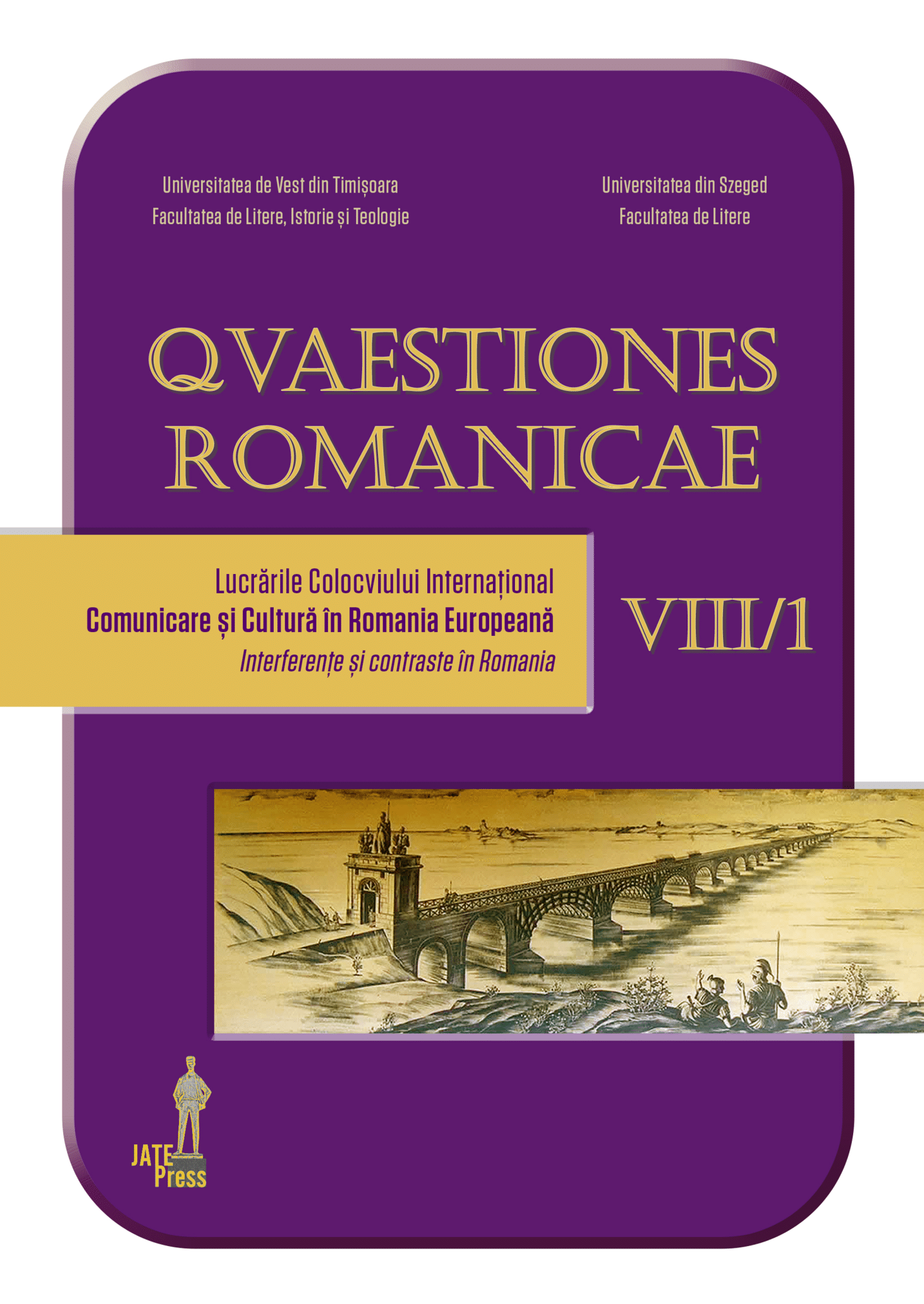Limitare şi libertate în traducerea acrostihului din Ekthesis-ul Diaconului Agapet
Costraints and Freedom in the Acrostic Translation of Agapetus Diaconus’ Ekthesis
Author(s): Gabriela RaduSubject(s): Translation Studies
Published by: Universitatea de Vest din Timişoara
Keywords: acrostic;Ekthesis;constraints;freedom;translation;
Summary/Abstract: The Ekthesis (Ἔκθεσις Κεφαλαίων Παραινετικῶν, σχεδιασθεῖσα παρὰ ΑΓΑΠΗΤΟΥ Διακόνου τῆς ἁγιωτάτης τοῦ Θεοῦ Μεγάλης Ἐκκλησίας, Πρὸς Βασιλέα ΙΟΥΣΤΙΝΙΑΝΟΝ) of Agapetus Diaconus has been written around 530 A.D., and it is an early example of „Mirror of Princes” literature. The seventy-two precepts are arranged so that their initial letters form an Acrostic: Agapetus the most humble deacon to our most sacred and most devout Emperor Justinian. Obviously, the acrostic form cannot be exactly reproduced in a translation, but there are possible solutions by which we can convey the acrostic passages in a translation. It is the purpose of this article to reveal the significance of the acrostic, to underline the necessity of reproduction of this feature in a translation, and to explain my own choices in the attempts to follow an acrostic pattern in translation. The present work also aims on bringing to the public attention a new Romanian translation of The Ekthtesis, a text that belongs to a distinct tradition of Greek and Byzantine thinking about kingship.
Journal: Quaestiones Romanicae
- Issue Year: VIII/2020
- Issue No: 1
- Page Range: 121-136
- Page Count: 16
- Language: Romanian

